The Pentagon stops the development of ultra-long-range weapons SLRC
A few years ago, the US Army launched the development of a promising Strategic Long Range Cannon (SLRC) artillery gun. The objective of the project was to create an ultra-long-range gun capable of hitting targets at a distance of at least 1000 nautical miles. Over the past time, they managed to carry out part of the preliminary research and design work, but now the project is being stopped due to ambiguous prospects.
By decision of Congress
The termination of work on the Strategic Long Range Cannon project (“Long-range strategic gun”) was reported on May 23 by Defense News, citing the press service of the ground forces. The reasons for such a decision, its expected consequences, etc. were disclosed.
According to known data, in FY2022. The Pentagon planned to spend approx. $70 million. These funds were proposed to be used to start the development of a technical project. At the same time, the plans for the next financial years did not include the cost of an ultra-long-range gun. Probably, the program was going to be included in the new budgets at the stage of their formation.
It has now become known that Congress did not include the SLRC program in the FY 2022 military budget. In this regard, the Ministry of the Army was forced to officially stop work. By the time it stopped, the program had passed the research stage and was just entering the design stage. The assembly of an experimental gun did not even begin.
The press service of the army clarifies that the reason for the cancellation of funding and the closure of the project was economic inexpediency. The Congress and the Ministry of the Army assume that the completion of the development of the SLRC will cost several billion dollars. However, the success of the project is not guaranteed. And even if the work is successfully completed, subsequent production, deployment of guns in the troops and their operation will again lead to high costs.
It was also suggested that the new type of gun would be redundant. The rocket and artillery weapons system under construction includes promising projects that combine a range of up to 1000 miles and a high projectile speed. At the same time, such missiles should have a number of important advantages over an ultra-long-range gun.
Congress and the Ministry of the Army considered unacceptable high spending without a guarantee of the desired effect and without special benefits, and therefore the SLRC program is being closed. The released money is supposed to be redirected to other promising projects in the field of long-range strike systems - more realistic and useful. These are the projects of the ERCA extended range weapon, the PrSM ballistic missile, the LRHW hypersonic complex, etc.
Plans and work
The development of the SLRC gun was announced in 2019. Then it was reported that the goal of the project was to create an ultra-long-range artillery system capable of sending a projectile 1000 miles (1850 km). Such a weapon, which has obvious advantages over any existing and prospective cannon artillery, as well as over some missile systems, could solve special problems.
At the first stage of the program, in 2019-21. it was planned to determine the fundamental possibility of creating such a weapon, as well as to find the necessary technologies. Upon receipt of positive theoretical results, they were going to develop, build and test an experimental artillery system. The first firing could take place as early as 2023.
After conducting part of the theoretical research, in September 2020, the Pentagon turned to the National Academy of Sciences for help. A special commission of the Academy was to study the existing developments on the topic of SLRC and evaluate their real prospects. An optimistic forecast made it possible to draw up an accurate roadmap for the next work and begin their implementation.
The commission worked until January 2021 and prepared the required report. This document has not yet been published, and even the general conclusions and proposals are unknown. However, the general course of the SLRC program and the latest statements by the Ministry of Army suggest that the Academy has come to disappointing conclusions. The project could be considered too complex and expensive to fully implement and bring to service.
The closed report of the National Academy of Sciences was prepared at the beginning of last year, and the fate of the SLRC project was finally decided only now. Perhaps the Ministry of the Army was still trying to save a promising development, arguing or carrying out certain work. However, in the end, the final decision was made - the continuation of the SLRC program at this stage is not advisable.
Technical secrets
Unfortunately, the bulk of the technical aspects of the promising project were not disclosed. The Pentagon named only the desired firing range, and only one of the possible principles of operation of the gun was mentioned in open documents. What could be a ready-made artillery complex for arming is a big question.
According to known data, fundamentally new solutions and principles were to be used in the SLRC program. First of all, a new way to launch a projectile with the required energy and, accordingly, range was required. Traditional gunpowder-charged barrel systems have limited potential, and on this principle it will not be possible to make a gun with a range of 1000 miles.
It was reported that within the framework of the SLRC, electromagnetic methods for launching a projectile were being investigated. Which one exactly was not specified. The estimated potential of different technologies is also unknown. It was not reported which of them is of the greatest interest and will be used in the project.
It is obvious that a special ammunition is needed to obtain a record range. At launch, it must receive the appropriate speed and energy, and the flight profile must provide an economical consumption of them. In addition, means of maintaining flight speed may be needed. Guidance systems are also required to reduce the likelihood of a miss.
Such requirements should affect the design of the projectile. It could be a guided active-rocket munition, more like a super- or hypersonic missile. It is clear that such a product will not be simple and cheap, and such features of it have the most serious impact on the economic performance of the entire artillery system.
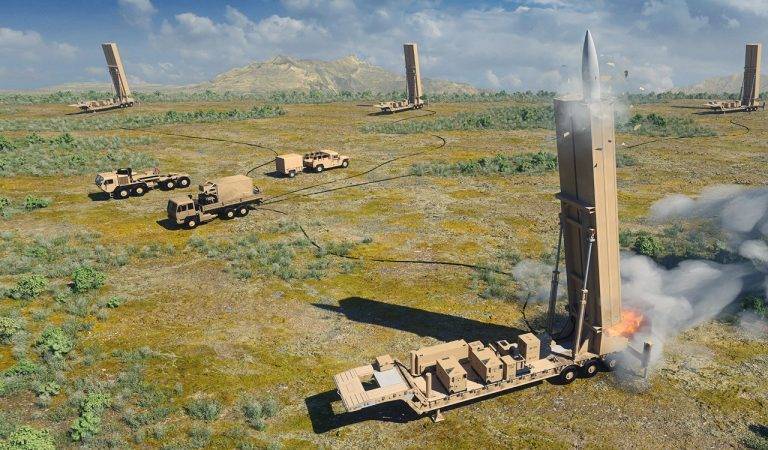
It is easy to see that the SLRC system, based on all the necessary solutions and technologies, would hardly be similar to traditional cannon artillery. It can be viewed as a specific weapon that fires missiles, or as a missile system with a complex launcher that gives the ammunition initial acceleration.
This architecture of the complex has well-known advantages and allows you to increase the main characteristics. At the same time, its creation requires a number of new technologies and solutions, which increases technical risks. In addition, the finished complex turns out to be excessively complex for production and operation. With all this, a special architecture does not provide fundamental advantages over traditional missile systems.
Useful experience
Thus, in a few years, the Pentagon managed to launch a promising project, conduct the necessary research, draw conclusions - and close it due to the lack of real prospects. At the stage of theoretical study, a range of necessary solutions and technologies for such a project was determined. In addition, it was determined that the current level of development of science and technology will not allow obtaining all the desired results. This allows you not to spend money on obviously useless development.
However, the failure of the SLRC project as a whole will not affect the development of the missile forces and artillery of the US Army. Work continues on a more modest but viable ERCA long-range gun project, incl. in a self-propelled version. The PrSM operational-tactical complex and the hypersonic LRHW are also being developed. These projects are expected to be completed in the near future, and savings on the closed SLRC will contribute to their early success.
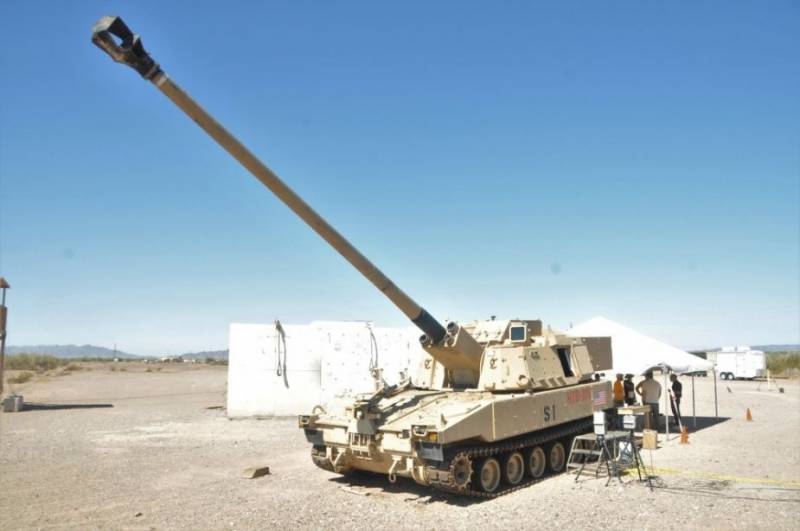
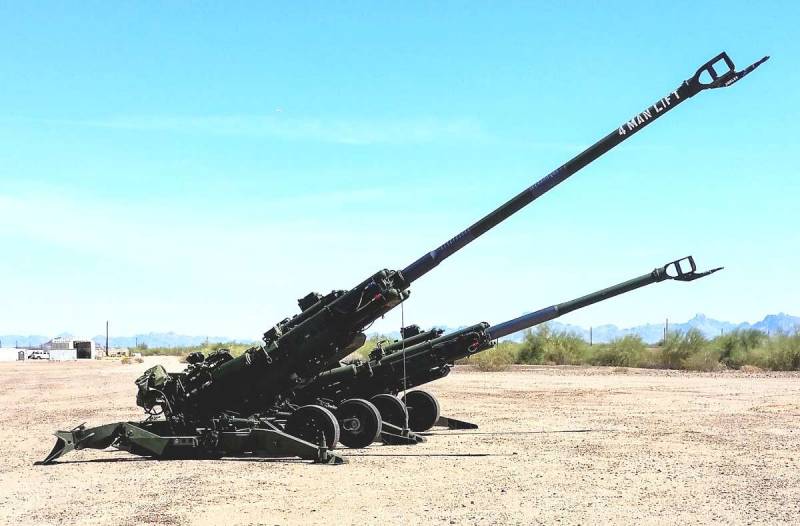
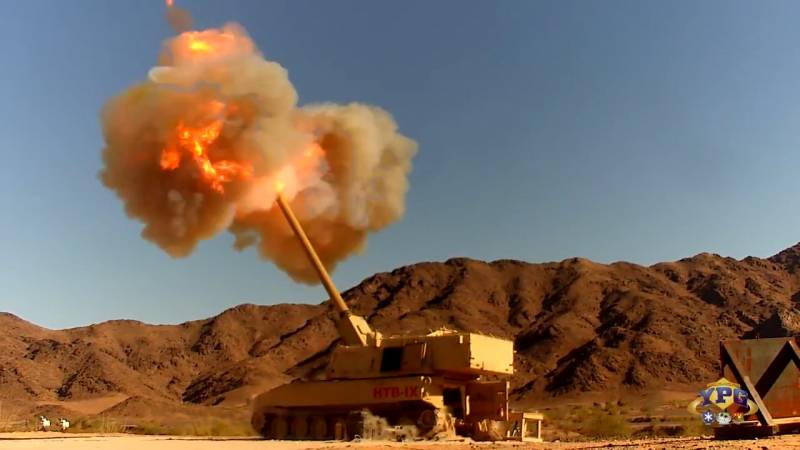
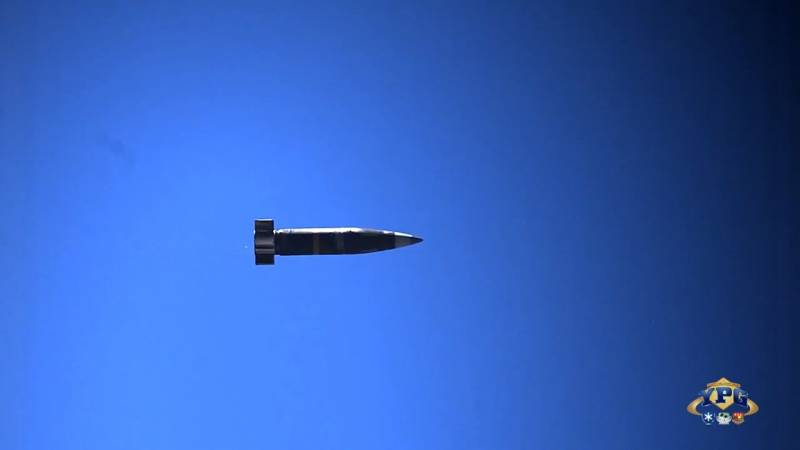
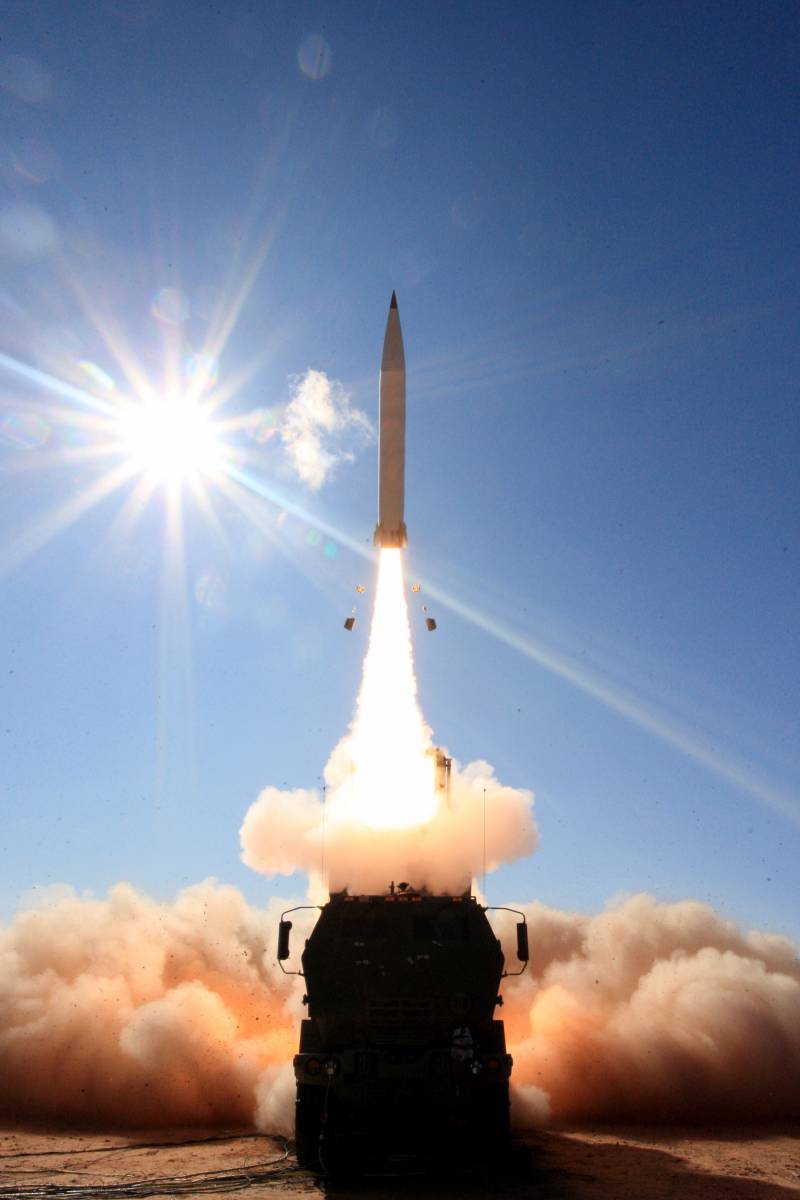
Information